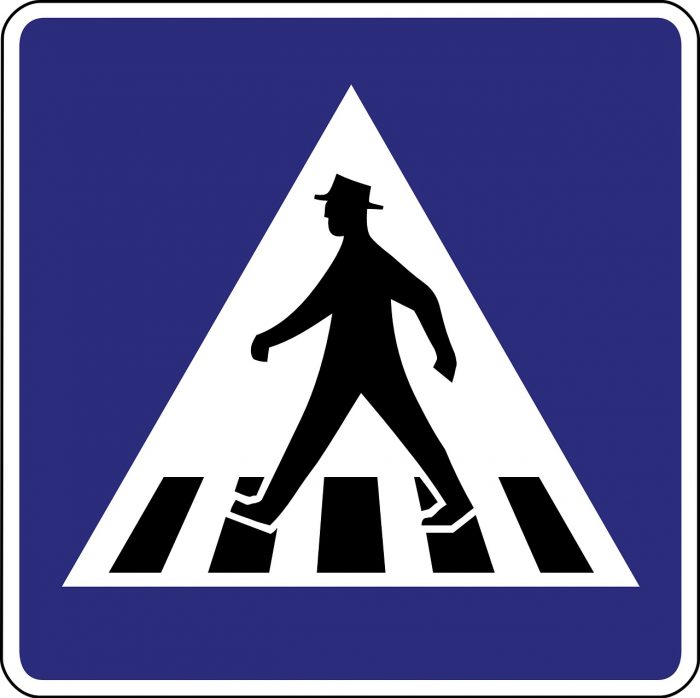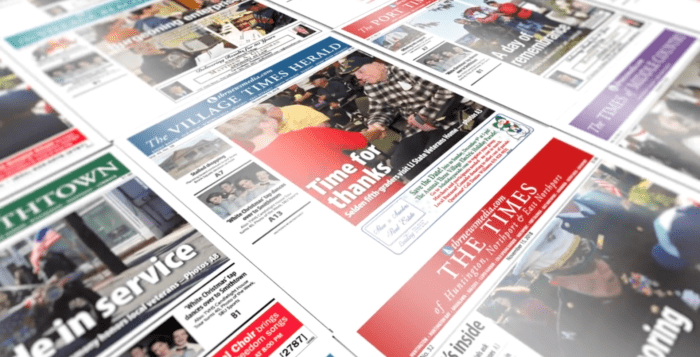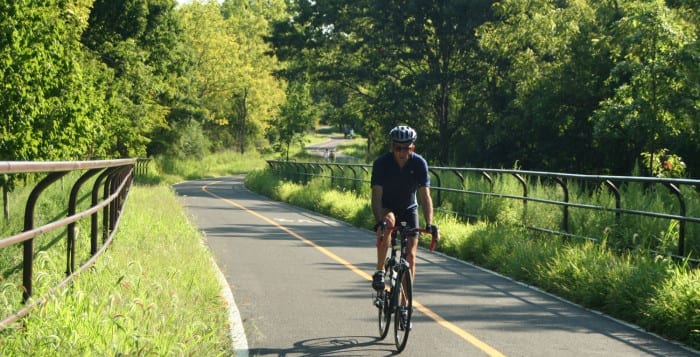While every election is important, we take special care in informing our readers ahead of local races. With Election Day — Nov. 7 — fast approaching, we remind our readers why voting in local town and county elections is critical.
Unfortunately, many Americans today are losing faith in our democratic norms. Everywhere we look, we see partisanship, tribalism and polarization undermining our political process. National media sources often feed into and inflame these divisions for monetary and partisan gain.
Lower levels of government can offer a powerful counterbalance to all of this noise. Both literally and figuratively, local officials are closer to the people — their seats of government are located within our communities, and their decisions more immediately influence our day-to-day lives.
The issues debated by local legislatures are often far removed from the political theater observed in Washington and Albany. Local elections are not about the national debt ceiling, universal free health care or American foreign policy — remote if important issues in our ordinary lives.
Local elections are about us and the complexion of our community. They determine land use and zoning policies within our neighborhoods and commercial districts, drainage and related wastewater infrastructure investments, waste management services, park access, street paving and much more. Local elections determine the granular matters which shape our relationships to our surrounding area.
We remind our readers to be especially wary of candidates and commentators who inject national issues into our local dialogue. Those who do so are often ideologically driven, engaged in illicit political posturing.
We advise prospective voters to begin researching their ballots thoroughly. A functional local democracy requires a well-informed, enlightened electorate. And the more informed we are collectively, the better our elected officeholders will be.
When considering a candidate for local office, we should never decide based on party affiliation alone. This one-dimensional voting strategy cheapens our votes, outsourcing our decisions to the party bosses who handpick the nominees on our ballots.
We must ask ourselves whether a candidate possesses the requisite professional experience and knowledge to advance our interests. We must ask whether their values align with our own. And we must determine whether a candidate is running to promote the public good or to serve their self-interest.
Next week, TBR News Media will release its annual election supplement. Through interviews with various local candidates across our coverage area, we hope our readers will enter the voting booth better equipped to make informed judgments. We will also offer endorsements for candidates who best reflect our staff’s values.
With less than two weeks to go, we must get serious about our votes — because local elections matter.










 During a listening tour event on Thursday, Aug. 24, state officials outlined their plans for dispersing the funds. Qualifying projects include flood mitigation, marshland restoration, stormwater infrastructure, farmland protection, open space preservation and much more.
During a listening tour event on Thursday, Aug. 24, state officials outlined their plans for dispersing the funds. Qualifying projects include flood mitigation, marshland restoration, stormwater infrastructure, farmland protection, open space preservation and much more.



